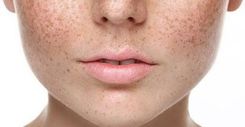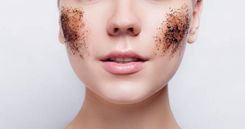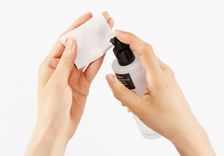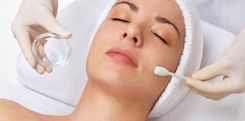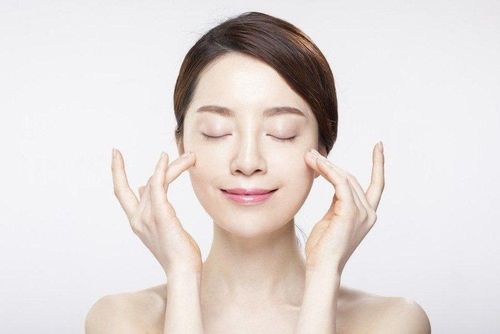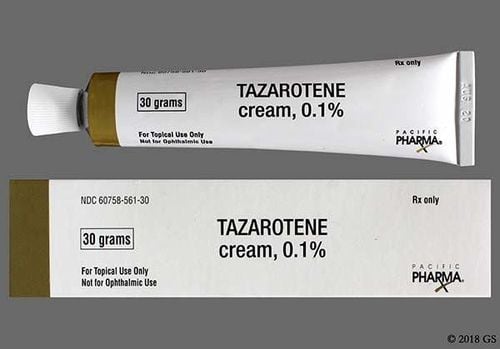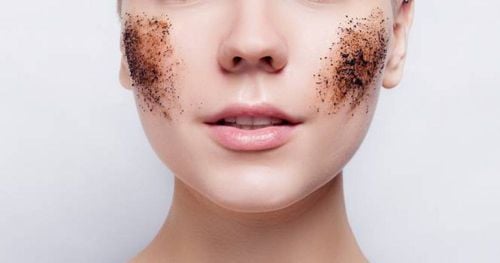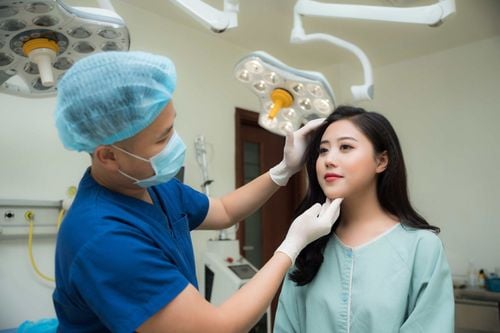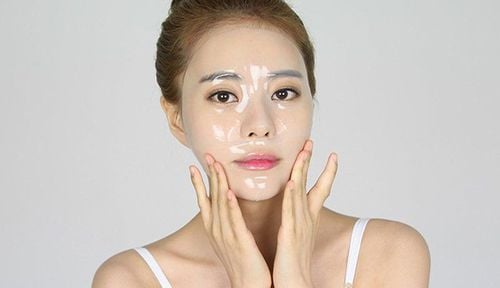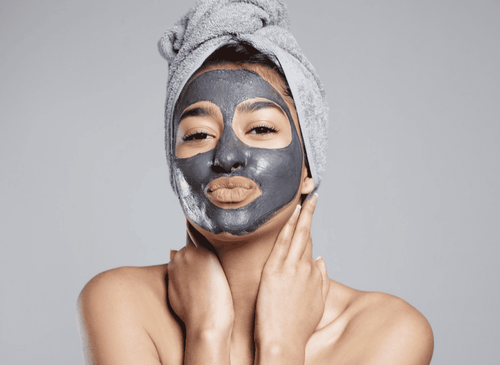This is an automatically translated article.
Masking is one of the important steps in a skin care routine and is done after exfoliation. However, make sure that the mask does not contain any chemical exfoliants or other ingredients.1. After exfoliating, should I wear a mask?
Masking is one of the most important steps in a skin care routine. The mask allows the nutrients to penetrate deeper into the skin than the daily lotion. To ensure the best skin care from using a mask, you should follow some basic rules in a skin care routine. Always make sure your skin is completely clean of makeup as well as dirt before applying the mask. Otherwise, it will lead to clogged pores, causing acne and blackheads.Exfoliating the skin should be done after cleaning the skin with cleanser and before applying the mask. This helps to keep the skin clean and removes dirt and dead skin cells, stimulates new cell regeneration and helps nutrients penetrate the skin more effectively. After exfoliating, the skin will be in a state of losing its natural oil layer, the moisture of the skin is significantly reduced. Therefore, applying a mask after exfoliating to hydrate the skin and rebalance the pH. Thanks to that, the active ingredients in the mask will bring results faster, helping to whiten, detoxify and healthy skin.
SEE ALSO: How to safely exfoliate according to each skin type
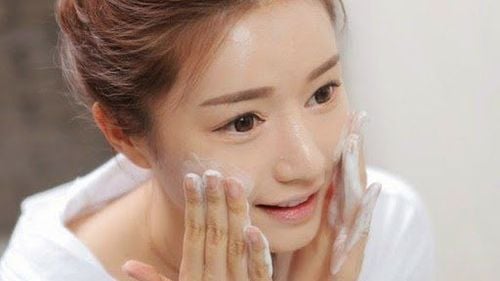
Tẩy tế bào chết cho da nên thực hiện sau khi làm sạch da bằng sữa rửa mặt và trước khi đắp mặt nạ
2. Skin care process when exfoliating
After applying the mask, you should continue with the other steps in your skin care routine. The correct implementation of this process will help increase the effectiveness of the mask, smoother skin texture, reduce acne and prevent clogging of pores.Skin care routine when exfoliating includes:
Remove makeup Use a non-foaming cleanser to clean the skin Exfoliate by physical or chemical methods. Apply a paper, clay, mud or cream mask. Rinse and remove residue with toner, a toner that does not contain exfoliants. Use moisturizer Apply sunscreen periodically early in the morning. SEE ALSO: Useful or exaggerated skin masks
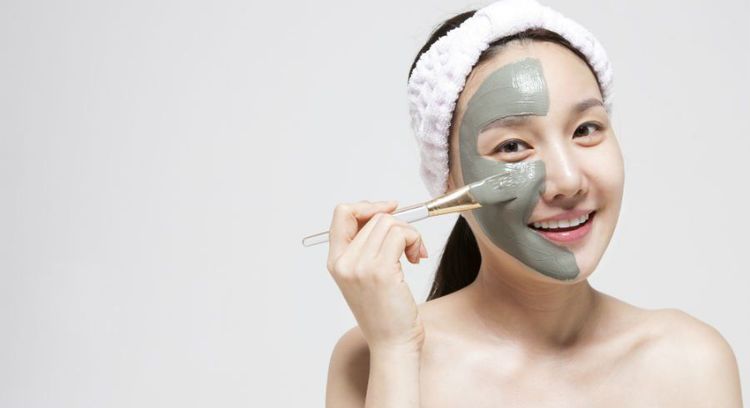
Sau khi đắp mặt nạ, bạn nên tiếp tục thực hiện các bước khác trong quy trình chăm sóc da
3. Some notes when applying a mask after exfoliation
Applying a mask after exfoliation is a very necessary and important step. However, it should be noted to use a mask with a formula that does not contain chemical exfoliants or other ingredients. Because, they can lead to a feeling of tightness in the skin, loss of important amounts of water and sebum in the skin. When such an imbalance occurs, the skin must increase sebum overproduction to restore the skin's natural protective barrier. This results in inflammation, acne, redness, and dry, flaky skin.Therefore, it is necessary to choose a mask suitable for your skin, if you have sensitive skin, avoid using masks containing strong active ingredients. In addition, after applying the mask, you should also rinse with cool water, apply a light moisturizer and an eye cream such as vitamin C brightener.
In short, after exfoliation, you should apply a mask, because exfoliation will remove flaky skin as well as dirt, stimulate new cell regeneration and help nutrients penetrate better into the skin. . Moreover, after exfoliating the skin will be in a state of losing its natural oil layer, the moisture content of the skin is significantly reduced. So, applying a mask after exfoliating will moisturize the skin and rebalance the pH, thereby helping the skin to be bright and smooth, detoxified and healthy.
Please dial HOTLINE for more information or register for an appointment HERE. Download MyVinmec app to make appointments faster and to manage your bookings easily.
References: theskincareedit.com, teenvogue.com, procoal.co.uk